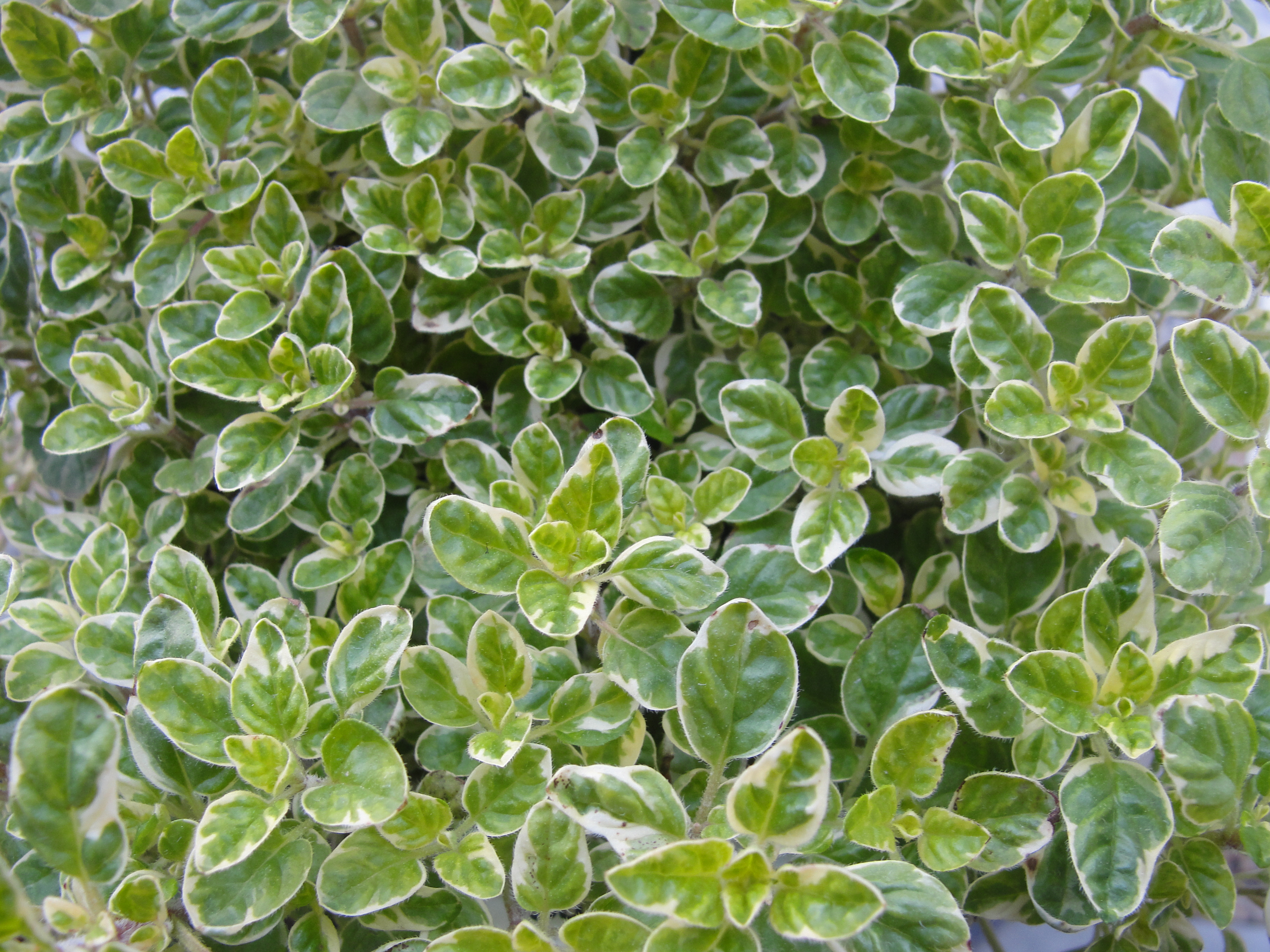 Continuing with the Herb theme:
Continuing with the Herb theme:
To me, oregano speaks of Italian or Greek culinary delights. Pizza sauce or a Greek salad wouldn’t taste the same. The distinct peppery green flavor of oregano can usually be substituted with marjoram but otherwise it has no equal.
The name ‘oregano’ comes from the Greek for “joy of the mountain.” Early Greeks allowed their domestic animals to feed on wild oregano to make the meat tastier. Ancient herbalists used oregano in tea form to aid with coughs, digestion and even treat insect bites.
Because our climate is similar to this Mediterranean native, we can easily grow it here without much watering once established. There are over fifty types of oregano and I have a Greek variety with dark green, velvety leaves and a variegated species with yellow-green leaves and white markings. Oregano tends to spread and can take over, so it makes a sensible and scented ground cover, perfect for stony paths, steps or gracefully spilling over in rock gardens.
Snip off long stems and dry upside down in your kitchen and you will have dry oregano all the time. One tablespoon of minced fresh oregano=one teaspoon dried, crumbled oregano. I store mine in washed out, sterilized, recycled glass jars of other foodstuffs.
Oregano works in lots of different dishes. Get creative. But the tried and true partners of oregano include any tomato dish, and/or feta, mozzarella or ricotta cheeses, especially. If you make your own garlic bread, manicotti/lasagna fillings or pizza sauce, sprinkle it on liberally.
